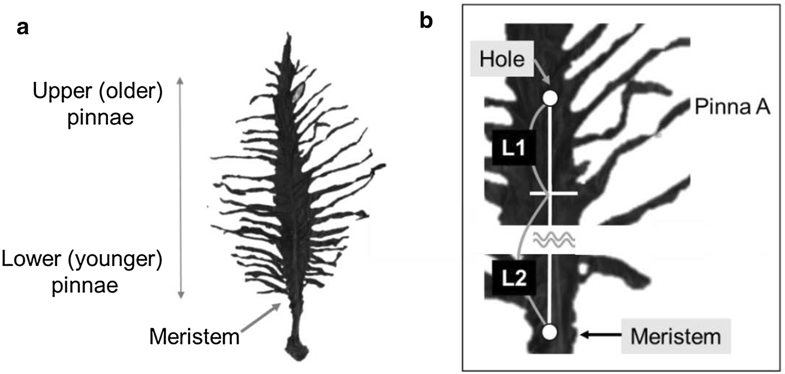For years people have come from all over the world to places like SeaWorld or the Monterey Bay Aquarium to see the rich and diverse California sea life. One of California’s crown jewels of the ocean has been seaweed. The giant kelp is the posterchild of a healthy and robust marine ecosystem. However, seaweed is largely ignored despite its critical role in the ecosystem and numerous human uses. Not anymore!
This week the first California Seaweed Festival kicked off! Due to the COVID pandemic, the festival is being held virtually, and for 6 days a number of speakers will talk on various seaweed topics.
Day 1: Seaweed Farming
Day 2: Seaweed as Food
Day3: Seaweed Science
Day 4: Seaweed Art
Day 5: Sustainable Seaweed Innovation
Day 6: Community Involvement & Seaweed Fun
The festival’s mission statement is,
“We want to share the beauty and diversity of seaweeds on our coasts, how seaweeds enrich coastal environments making seawater cleaner and a better habitat for hundreds of other species. We are inspired by all the ways that people use seaweeds, for food, fuel, climate resilience, awe and fun. Many Californians don’t know about the hundreds of kinds of seaweeds that flourish on our coast. So, with help from California Sea Grant, we organized the first California Seaweed Festival in 2020, to celebrate all things seaweed in California! “
You can visit the festival website here
Watch the talks via the festival’s youtube channel here



